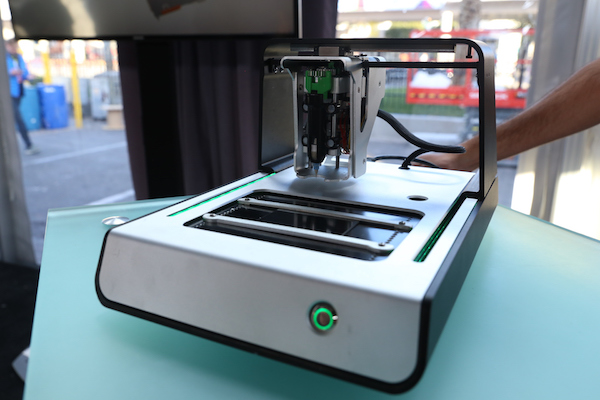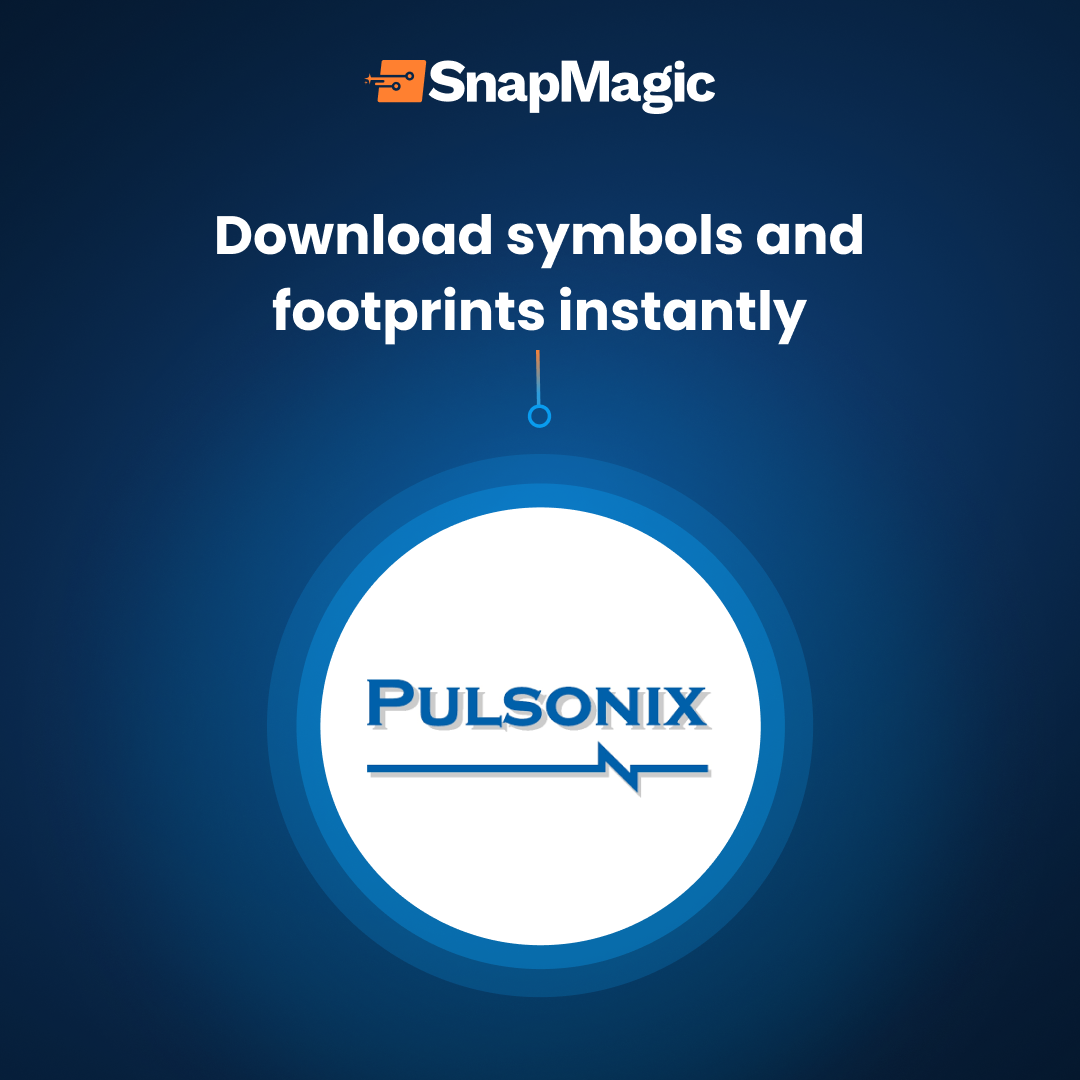
The Top 4 Desktop PCB Printers
Deadlines are an unpleasant part of life for an electronic designer. While design of a printed circuit board (PCB) can be done internally, manufacturing is generally outsourced. This dependence often results in uncontrollable, and unexpected delays. Just imagine if you had to wait days or weeks to get an assembled PCB, only to find out that there was one small error. Then, knowing that upon correcting the error, that you’d have to wait days or weeks yet again. It is here that desktop PCB printers are aiming to come to the rescue.
About Desktop PCB Printing
Already, replacement teeth and even body joints can be 3-D printed, so why not PCBs? Desktop PCBs are (to some extent) an application of 3-D printing (also known as additive manufacturing). These printers can print a variety of PCBs, and even place components with a variety of soldering options. Upon uploading a software file, a ready-to-test PCB will be delivered. Keep in mind though that the quality of the boards are more geared towards prototyping.
The Top 4 PCB Printers
When selecting a PCB printer, one should evaluate features such as the minimum line spacing or package size, number of layers, substrate materials, whether it can do pick-and-place of components, speed, communication, and cost. We have briefly evaluated five of the top machines in the market based on these features, so let’s take a look. (Printers are listed in no particular order)

#1 – Nano Dimension DragonFly 2020
The Nano Dimension DragonFly 2020 PCB printer is touted as the world’s first 3-D PCB printer, and the first desktop printer to meet IPC guidelines. It can produce PCBs from scratch, with minimum feature sizes of 80 μm and maximum of 1.5 mm. The minimum layer thickness is 30 μm or 0.03 mm. Positioning accuracy is 25μm along any axis. The maximum build size is 200 x 200 x 3 mm. It can produce multiple layered PCBs with a total thickness up to 3 mm. The printer supports many different conducting and dielectric inks.
Price: $50,000 – $100,000

#2 – Voltera V1- PCB Printer
The Voltera V1 is an economical machine sufficient for producing prototype PCBs. PCBs of up to 135 mm by 113.5 mm can be printed with traces of minimum width 200 μm. Minimum pin-to-pin pitch is 0.8 mm with the conductive ink, and 0.6 mm with solder paste. It is compatible with multiple CAD packages.
Price: $2,199

#3 – Squink by BotFactory
Squink can print multilayer PCBs on different rigid as well as flexible substrates. Single-layer circuits can be made to 15.2 x 15.2 cm, while multi-layers are limited to 8.4cm x 15.2cm. Minimum feature size can be 0.254 mm, but 0.508 is recommended. It has three heads-one for printing, the other for gluing or applying solder paste, and the third for pick and place. It can assemble at 4 parts per minute, with the smallest package size of 15.4 mm. Automatic placing of through-hole components may become available later.
Cost: $3,199

#4 – Othermill Pro
The Othermill Pro is essentially a portable milling machine adapted to produce fast double-sided PCBs with trace widths down to 150μm. Positioning accuracy is about 75 μm. Workpiece size can be up to 140 × 114 mm. One limitation is that harder materials like glass and FR-4 cannot be used. The Othermill Pro works with multiple operating systems and PCB software. Currently only available in the U.S.
Cost: Just above $3,199



Comments (4)
Rensi sam
June 5, 2021 at 4:28 am
Need to know the cost of 3D PCB Printer
Ana Trujillo
January 30, 2023 at 7:57 am
Hi Rensi!
The cost of a 3D PCB printer can range from several hundred dollars to several thousand dollars, depending on the features and capabilities of the printer.
Also, please keep in mind that the price may vary based on region, availability, and promotions. It’s best to check with the manufacturer or a local distributor for up-to-date pricing information.
Afeka Mawufemor
March 2, 2023 at 2:42 am
I need one
ron
April 2, 2023 at 6:23 pm
Hi there,
Thanks for reaching out! There are a variety of PCB printers available for purchase, and many of them can be shipped globally. Here are some reputable retailers that offer a selection of PCB printers:
Amazon – https://www.amazon.com/s?k=pcb+printer
Newegg – https://www.newegg.com/p/pl?d=pcb+printer
AliExpress – https://www.aliexpress.com/wholesale?catId=0&initiative_id=AS_20210903191422&SearchText=pcb+printer
Banggood – https://www.banggood.com/search/pcb-printer.html
Please note that shipping policies may vary between retailers, and it’s important to research the regulations in your country regarding the import and use of PCB printers before making a purchase.
Let us know if you have any questions,
Thanks,
Ron